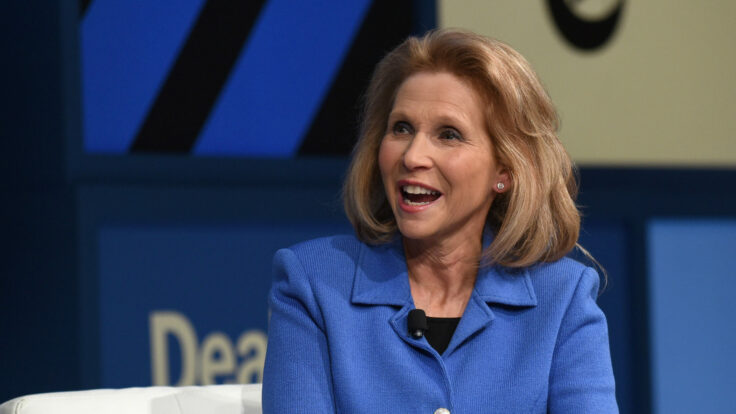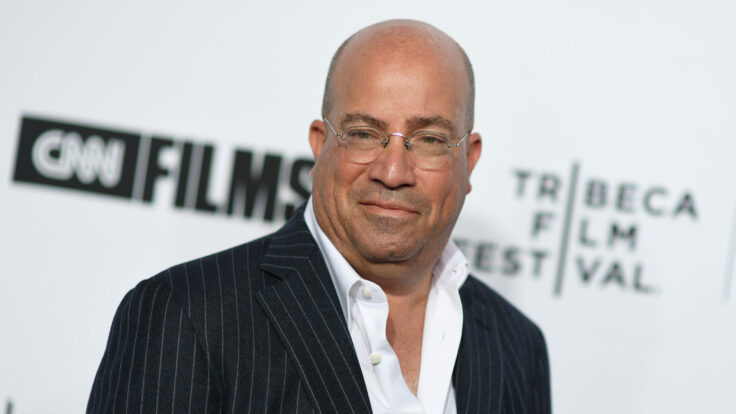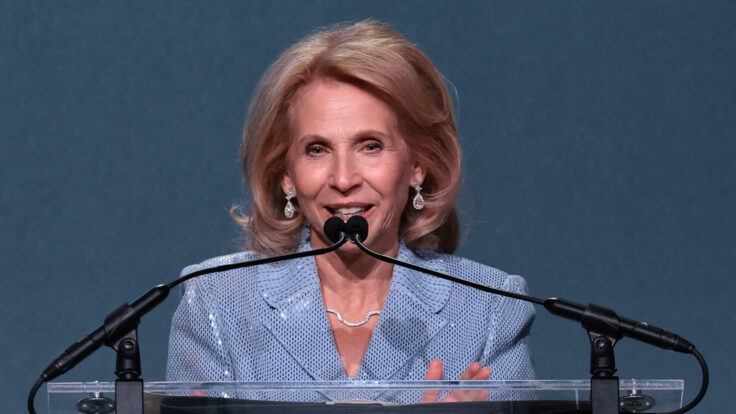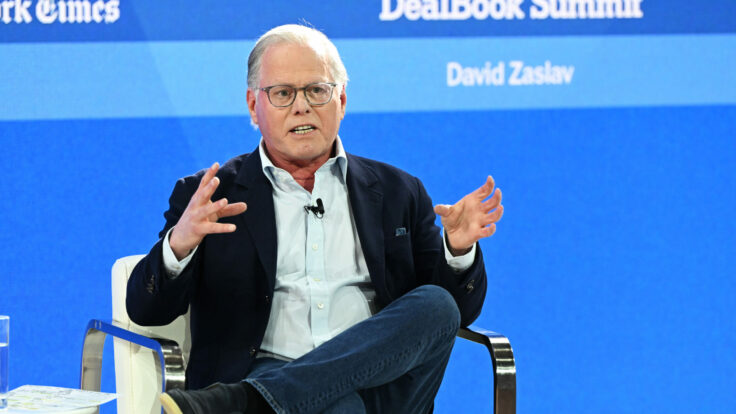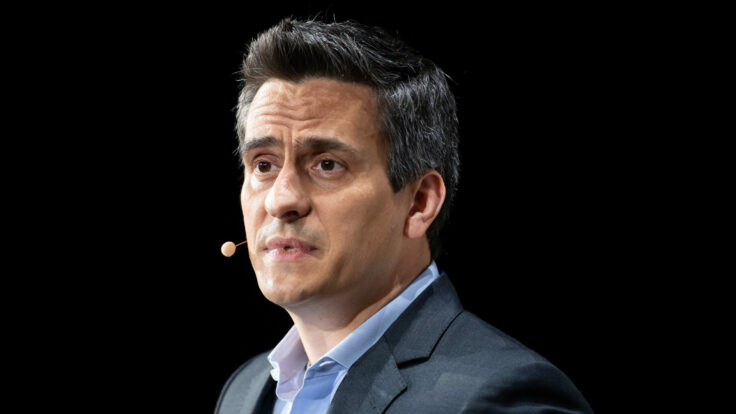On the afternoon of May 22, 1969, Dan Lufkin, the 36-year-old investment banker and co-founder of Donaldson, Lufkin & Jenrette, a small research-focused investment banking and brokerage firm, or DLJ as it was known, walked into his first board of governors meeting at the august New York Stock Exchange. He was carrying with him a copy of a document that he had filed two hours earlier with the Securities and Exchange Commision. It was the first step in the process that would transform DLJ from a 10-year-old private partnership, with its stock owned by the firm’s partners and their friends, into a public company with shares that could be bought or sold by anyone willing to do so.
This process, of course, would also allow DLJ greater access to more affordable and badly-needed capital than its partners would otherwise be able to provide—to allow older partners to cash out of the partnership with liquidity events, and to provide a younger generation a series of financial incentives, like stock awards, to stick around the firm. DLJ “is the first member corporation of the New York Stock Exchange to offer its equity securities to the public,” the firm proclaimed on the cover of its I.P.O. prospectus.










